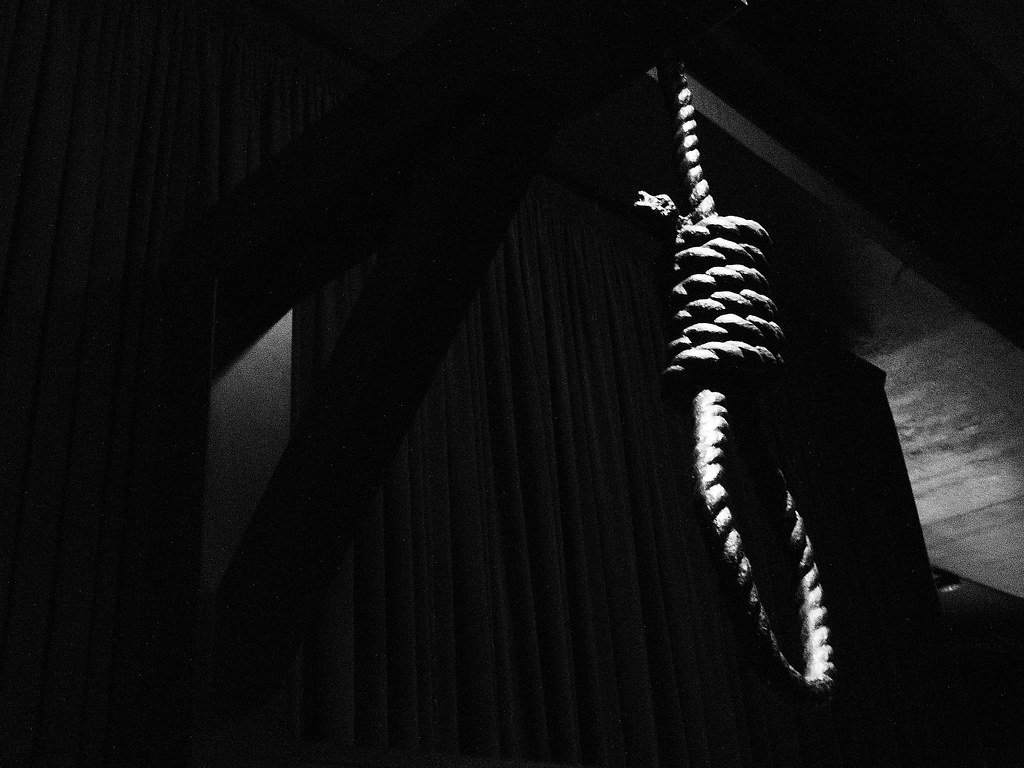Analysis
Right to Die: Court in Review
Tracing the history of the Supreme Court's stance on the right to die with dignity.
1994
P. Rathinam v Union of India
P. Rathinam and Nagbhushan Patnaik had filed petitions challenging the constitutional validity of Section 309 of the Indian Penal Code. Section 309 punishes anyone who attempts to commit suicide with simple imprisonment for up to one year. The Supreme Court drew a parallel between the other fundamental rights – just as the right to freedom of speech under Article 19 gives the right to speak but also includes the right to not speak, the right to live under Article 21 includes the right to not live. Thus, Section 309 was held to be unconstitutional.
1996
Gian Kaur v State of Punjab
Gian Kaur and her husband Harbans Singh were convicted by a Trial Court under Section 306 of the Indian Penal Code. They were sentenced to six years imprisonment and fine of Rs. 2,000/- for abetting the suicide by Ms. Kulwant Kaur. Section 306 punishes anyone who abets the commission of suicide, while Section 309 punishes anyone who attempts to commit suicide. It was argued that, as held in P. Rathinam v. Union of India, the Article 21 right to life includes the right to die. So, a person abetting suicide is merely assisting in the enforcement of Article 21. A five-judge bench of the Supreme Court overruled P. Rathinam.
2006
Law Commission Report on Euthanasia
The Law Commission of India in its 196th Report recommended that there must be a law made to protect terminally ill patients who refuse medical treatment, artificial nutrition, or hydration from Section 309 of the Indian Penal Code. Further, doctors who obey such a decision of the patient, or who make the decision for incompetent patients in their best interests of such patients, must be protected from punishment under Section 306 of the IPC (abetment of suicide) or Section 299 (culpable homicide). The Report clarified that the ‘patient’ must be suffering from a terminal illness, i.e., an illness, injury or degeneration of a physical or mental condition which causes extreme pain and suffering, according to reasonable medical opinion will inevitably cause the untimely death of the patient.
2008
Law Commission Report on Decriminalisation of Attempt to Suicide
The Law Commission of India in its 210th Report found Section 309 of the IPC inhuman. It said that an attempt to commit suicide is a manifestation of a ‘diseased condition of the mind’. It deserved treatment and care, not punishment. Inflicting additional punishment on a person who is already suffering agony is unjust and unfair. It does not help in preventing suicides and improving the access to medical care to those who have attempted it.
2011
Aruna Ramachandra Shanbaug v Union of India
The ‘next friend’ of Ms. Aruna Shanbaug had filed a petition before the Supreme Court asking it to direct the hospital to stop feeding the her and allow her to die peacefully. Ms. Shanbaug was in a Persistent Vegetative State (PVS) since she had been sexually assualted in 1973. The Court appointed a team of three doctors to examine Ms. Shanbaug and submit a report about her physical and mental condition. Although the court did not allow the withdrawal of medical treatment to Ms. Shanbaug, it discussed the issue of euthanasia at length and allowed passive euthanasia. Invoking the Parens Patriae principle (Latin for “parent of the nation”, where the Court can step in and serve as a guardian) it held that the Court is the ultimate decider of what is best for the patient. It extended this power to the High Courts under Article 226.
